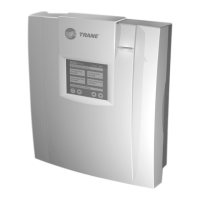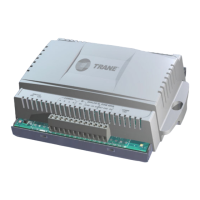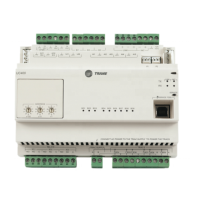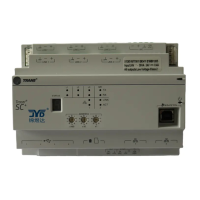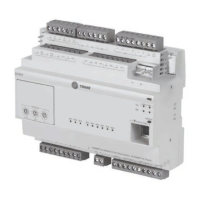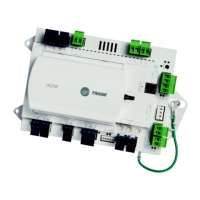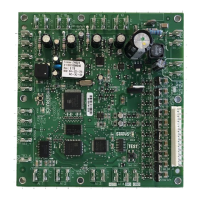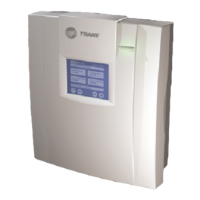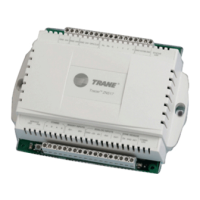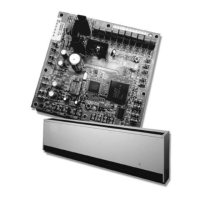Chapter 7 Creating a graphical program
86 CNT-SVP01C-EN
3. Click on the output port of a block. A solid or dotted line appears
between the connection point and the cursor.
Figure 57. Cursor in wire mode on an invalid connection
4. Click in an empty area of the design space to add a turn to the wire.
5. Move the cursor and click on an input port of a block. The wired con-
nection is complete (Figure 58).
Figure 58. Analog wired connection
Connecting blocks using wireless
connections
Use wireless connections to pass data from block to block when wired con-
nections are impractical. In general, it is good programming practice to
use an input in a program only once. By doing so, you will have an easier
time debugging your program. By using the wireless connection, you can
also prevent long and overlapping wired connections that are difficult to
follow.
Figure 59 on page 87 is a sample program without wireless connections.
Figure 60 on page 88 is the same program with two wireless connections
added.
Note:
A solid wire between blocks represents analog data being
passed. A dotted wire between blocks represents binary data
being passed. An analog-output port cannot be connected to a
binary-input port, and a binary-output port cannot be con-
nected to an analog-input port. Figure 57 shows the cursor that
is displayed over an invalid connection.
Analog
wire
Binary
wire
